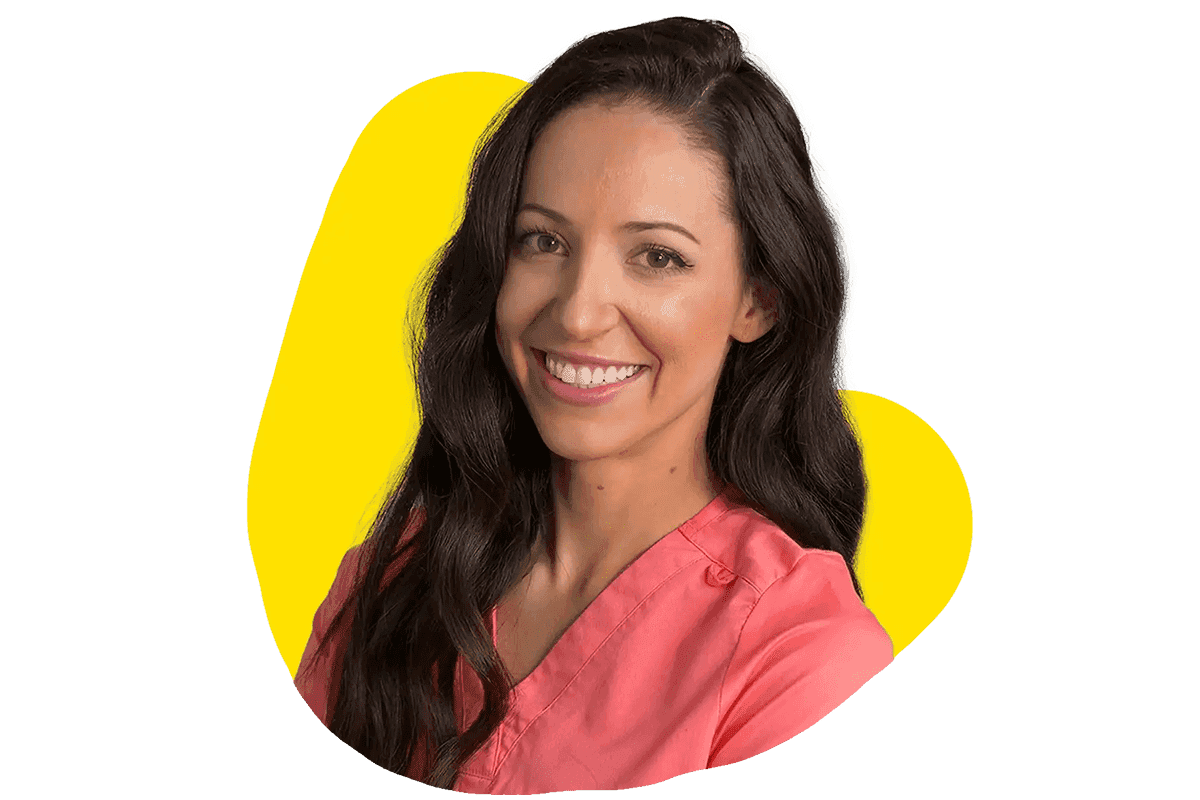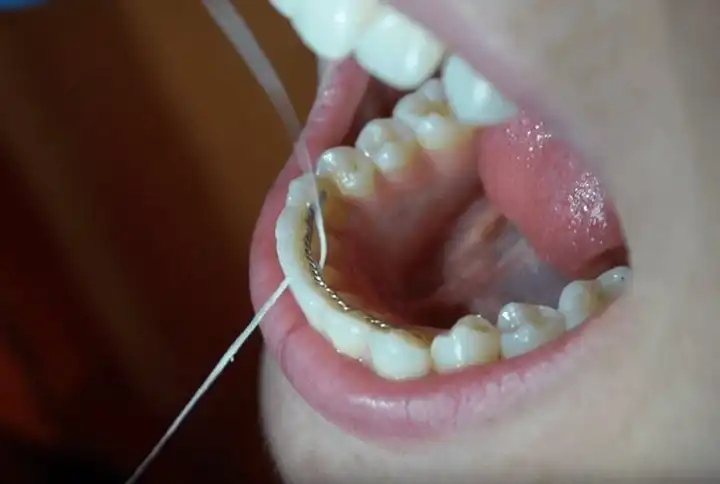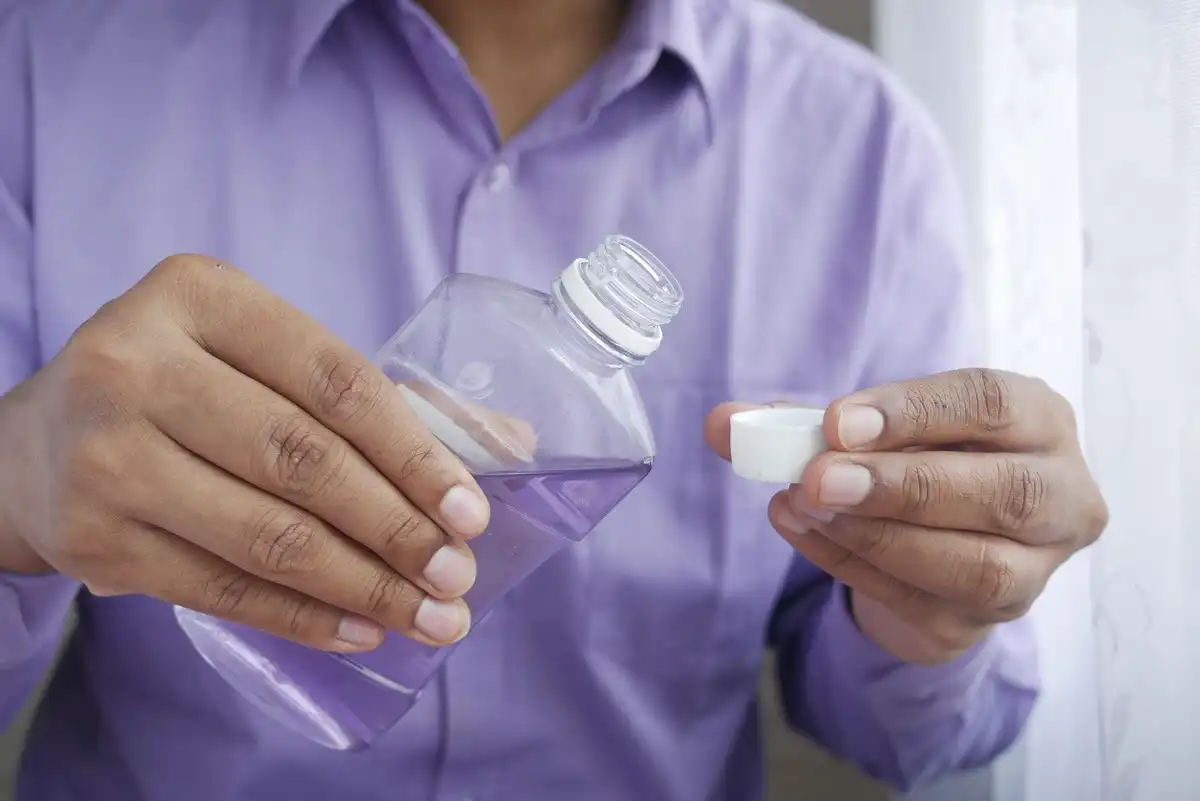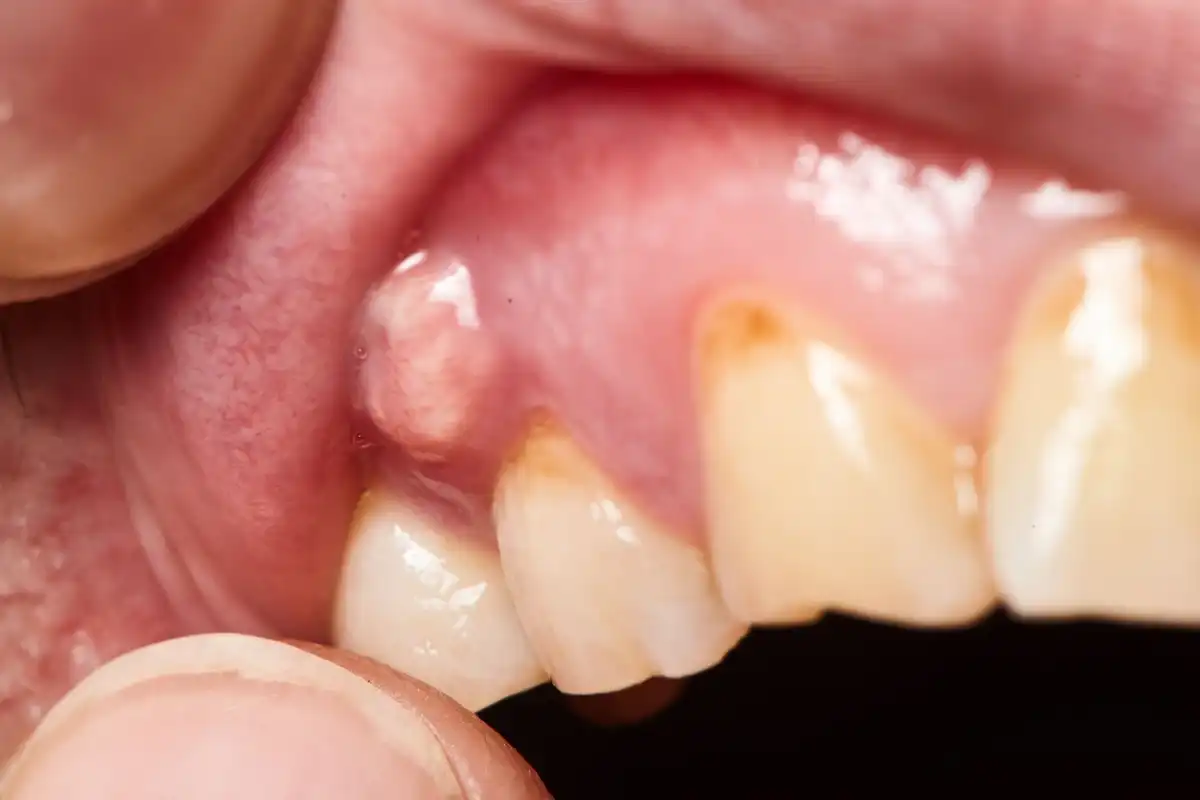6 Reasons Dental Insurance Is NOT Worth It


Frustrated because you don’t have dental insurance or HATE the dental insurance plan you’re on because it never covers what you need it to? You’re not alone. Today, a lot of people are wondering if dental insurance is worth it at all or if there are better options (or companies) out there to choose from. The truth is, as dental discount plans become available, a lot of people are ditching dental insurance altogether. And for a good reason.
What is Dental Insurance?
In contrast, dental insurance is more like a built-in credit program or allowance you use on basic, prevention-focused dental visits. The amount you pay into your policy every month goes toward your checkup appointments and then usually allows up to $1,000 or $1,500 a year for any major services or necessary procedures like fillings or crowns. But there’s a catch to that because dental insurance usually won’t cover 100% of anything outside of preventative visits.
Basically, NONE of them do. In a nutshell, insurance lessens the blow of required dental treatments, but only to an extent.
How Much Is Dental Insurance?
The average monthly fee for being enrolled in a dental insurance policy is going to fluctuate between $30-60 a month or $360-$720 a year.
Here’s where we have to start doing the math to determine if dental insurance is worth it or if you’re better off going another route. If you pay $200 or $300 out of pocket for an exam, X-rays, and cleaning twice a year, you may save yourself a couple of hundred bucks annually by not having dental insurance.
What Does Dental Insurance Cover?
Your dental insurance doesn’t cover everything the way you think it does, and it doesn’t matter if you switch from one company to the next. There are usually only two visits where you won’t have to pay anything: your six-month checkup appointments and maybe an emergency exam. Most preventive services are covered but even then, some policies require a co-pay.
Your benefits will drop depending on the type of care you’re receiving, impacting what you’re personally paying the dentist’s office when you go in for an appointment.
Here’s how the coverage is usually broken down:
100% Of Preventive Care
Normally your policy will cover 100% of the cost of exams, cleanings, sealants (up to age 14), fluoride (children only), and sometimes oral cancer screenings. The goal is to prevent you from needing dental work.
80% Of Basic Procedures
If you have a cavity and need a filling, your insurance will probably only pay for 80% of the cost. Depending on your exact policy, other basic procedures might include routine tooth extractions, periodontal treatments, and root canal treatment.
50% Of Major Procedures
Here’s where most people get frustrated. If they need major treatment, their plan usually drops to only 50% coverage (depending on the policy.) Major procedures include treatments like dental crowns, wisdom tooth removal, bridges, and dentures.
…and remember…the percentage that’s covered is only up to about $1,000-$1,500 a year in total. If you need checkups and one crown and one root canal, you’ve already used up all of your coverage.
6 Reasons Insurance Is NOT Worth It
If you’re torn between enrolling in dental insurance vs. joining one of several dental discount plans, it ultimately boils down to some basic math. You need to know if what you’re paying for insurance every year is much more than the basic routine services you need. If you’re only getting checkups and paying $600-$700 a year in premiums, you’re probably losing at least $100-$200 annually that’s just staying in the pocket of your dental insurance company. OR if you find that the type of treatments you always need is still too expensive with insurance—to the point you’re not using your coverage at all—you’re still losing money.
Related: 6 Best Dental Discount Plans
1. If You’re An Individual
Independent adults who are buying into dental insurance for their own personal coverage may find they have more financial flexibility to save a couple of hundred bucks a year by just paying out of pocket for their checkups. Especially if the monthly premium is expensive, isn’t accepted by your preferred dentist, or you’re planning on getting a smile makeover that isn’t even covered under traditional benefits. Larger families usually save by having a flat monthly family rate.
Dental discount plans are a great option if you're just looking for a cleaning twice a year. More on that later!
2. Annual Maximum Limit
How much will the insurance plan pay in total each year? $1,000? $1,500? You probably won’t find any policy that offers more than that. And here’s the kicker: that amount hasn’t changed since the 1980s!!!
3. Some Procedures Are Not Covered At All
Why pay into a dental insurance plan if the treatments you want aren’t covered? You’ll save more money with dental discount plans on things like teeth whitening, dental veneers, or even implants because there are no restrictions.
4. 100-80-50 Coverage Structure
5. No History of Dental Problems
Listen, if you never have dental problems and you’re brushing and flossing as you should, you probably don’t need to have dental insurance (yes, I said it.) You’d be better off just having a dental discount plan for a flat discount and paying out of pocket for your regular checkups. If your dentist spots something becoming an issue, you can intercept it early when it’s more affordable to fix anyway.
6. Waiting Periods
Waiting periods are a huge con. Even if you have dental insurance, your carrier might make you wait up to 6 months before you can use your benefits to pay for some types of treatments. Like dental crowns or root canals. Those treatments cannot wait! Delaying them will make your oral health even worse, threaten the integrity of other teeth, and ultimately add to the total cost of your care!
Who Can Benefit From Dental Insurance?
Should you opt out of getting dental insurance altogether? Maybe, maybe not. There are still plenty of reasons why it’s worth it to stay enrolled in your insurance policy, as long as you understand the limits of what it offers.
For instance, if your employer offers a low-cost dental plan and it’s about the same amount you would pay for routine checkups anyway, it doesn’t hurt whatsoever to go ahead and pay for the plan. Especially since there are some added perks to having coverage on basic treatments if you may need them.
You’ll have to sit down and do the math. Are you paying $20 a month ($240 a year)? That’s a pretty good deal for two included checkups. Do you have a large family? $60 a month ($720 annually) will probably save you hundreds of dollars compared to paying out of pocket for checkups.
As long as you have 10 minutes to do the math and know what your dentist’s office charges for checkups, it’s easy to decide if it’s worth it to pay for dental insurance for your family.
Dental Discount Plans vs. Dental Insurance
When it boils down to whether it’s better to use a dental discount plan or dental insurance, it will be a case-by-case basis. Do you normally have a lot of dental needs, or are you someone who does just fine with two checkups a year? Are you involved in contact sports or activities where a dental emergency is a potential risk? Your “risk factors” can influence your decision on if dental insurance is worth it.
On the other hand, dental discount plans save you money on everything, even checkups and cleanings. And if you’re at risk of maxing out your insurance because of a root canal or crown, dental discount plans still reduce your cost of care without a waiting period, whereas dental insurance doesn’t.
Save up to 60% OFF Dental Care with a 1dental savings plan!
Options To Pay For And Save On Dental Care
Before you go out and buy dental insurance just for the sake of having dental coverage, consider how paying cash out of pocket with one of the following options could be the more affordable choice:
1. Dental Discount Plans
With dental discount plans, there are no waiting periods or exclusions, or maximum amounts that you can cap out. You get a fixed, flat discount on every service, regardless of whether it’s for a cleaning, emergency tooth extraction, or an elective smile makeover. So, if you don’t have any insurance coverage, you’re instantly saving money just by signing up for the plan.
Companies like 1Dental have dental plans have over 100,000 of dentists nationwide in their network so theirs a good chance your dentist already accepts the savings plan. The second you sign up, you start saving. With discount dental plans, there are no waiting periods issued by an insurance company. 1Dental even offers hearing, vision, and prescription benefits.
Save up to 60% OFF Dental Care with a 1Dental savings plan!
2. Dental Schools
People that live close to dental schools are really lucky because they can get high-quality services at a fraction of the price of traditional dental offices. The only downside is that you usually have to wait a while to get in for an appointment, the appointments typically take longer (since the student is being graded), and the treatment visits need to happen at set times on certain days, so there’s less flexibility. But it can save you hundreds or thousands of dollars depending on what you need to have done, and the result will be the same as what you’d get from a private dental office.
3. Shop Around Basic and Major Dental Services
If you’re open to driving to another area or getting 2nd and 3rd opinions, you might find that one dentist’s approach to care is a little more conservative (and affordable) or that they offer a service the other dentist didn’t. Having 2 or 3 treatment plans to compare makes it easier to select the most affordable choice, especially when you don’t have dental insurance or the doctor is outside of your network. Be sure to mention if you have insurance or are paying cash, as automatic discounts may be applied.
4. Dental Payment Plan With Dentist
Most dental offices will have some type of an in-house or third-party payment plan option for their patients who need major dental work or more expensive treatments, like braces or dental implants. Depending on the specifics, you might break it up into three payments or pay a set amount every month for 12-18 months or so. Normally they are available at 0% interest or low interest, so they don’t cost anything extra to break up your payments into more affordable bite-sized chunks.
5. Use an HSA (Health Savings Account)
Health savings accounts are for setting aside part of your income for your family to use on healthcare expenses, including anything dental-related. Families can set aside $6,750 and up to $3,400 for an individual. You can pair your HSA with your dental insurance to help reduce deductible costs or to cover dental treatments that go beyond what your insurance will cover. Or, you can use it as-is if you don’t have dental insurance at all. It still comes out of your pocket, but the fact that you set it aside ahead of time helps lessen the financial blow of big, unexpected dental bills.
6. FSA (Flexible Spending Account)
Flexible savings accounts (FSAs) are similar to HSAs and allow you to save pre-tax income for health-related expenses. You don’t pay taxes on FSAs, but you can only set aside up to $2,600 per year. The amount can be spent on anything dental-related or for other healthcare costs.
Is Dental Insurance Worth It?
A lot of dental professionals who have been in the oral health industry for years will tell you that dental insurance just isn’t worth it if you need more than basic preventative care. It will cover your checkups and cleanings just fine, but once you need major dental work, you will probably save more money, won't have to wait for treatment, and be way less frustrated if you just go with something like dental discount plans or a membership program. The bottom line comes down to which dentist you want to see, the programs available, and what your dental care needs usually look like every year. A lot of people are better off saving through discount or membership plans rather than traditional dental insurance or just paying cash for their cleanings!

Make your inbox smile!
Subscribe






